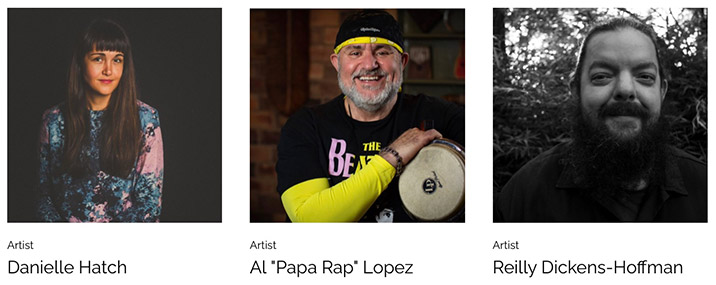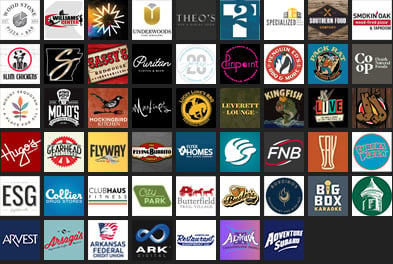Officials with the Jones Center last week unveiled early plans for the redesign of its 52-acre campus in Springdale.
The project is funded by a grant from the Walton Family Foundation, and aims to attract a new generation to the center while also welcoming a diverse demographic. The Jones Center sees more than a half-million visitors each year.
Initial designs call for native gardens and open green spaces, fitness activities, a plaza lawn for community gatherings and art markets, public art installations, a network of hard- and soft-surface trails, and an expanded bike park, all tying the campus to downtown Springdale revitalization efforts and the spine of the Razorback Greenway trail system.
The center in May announced a plan to hire three local artists to participate in the redevelopment of the outdoor areas on the campus.
The chosen artists are Danielle Hatch, whose multi-disciplinary work explores the female body’s relationship to the built environment; Al “Papa Rap” Lopez, who has focused on growing bilingual education in the region through his songs, radio shows and television programs; and Reilly Dickens-Hoffman, who has worked on public sculpture projects for the last 15 years, including the Veterans War Memorial for the Osage Nation in Pawhuska, Oklahoma and the 9/11 Weeping Wall in Overland Park, Kansas.

The Jones Trust board and leadership team have been working with Denver-based landscape architecture firm, Civitas, Inc., for the past eight months, with input from the community at both in-person and virtual events.
“During recent months, we adapted our approach to work within the limitations imposed by the pandemic,” said Scott Jordan, a chief architect from Civitas who serves as project lead. “We modified our methods and engaged the community in socially distant and safe ways. Innovative solutions included drive-through dinner events with 800 free meals prepared by regional chefs as well as virtual design meetings for community members to provide input/feedback.”
As part of public engagement, three online surveys, each in English, Spanish and Marshallese, garnered responses from over 1,800 respondents who offered ideas and feedback about the project, according to the center. Social media interactions, 13 virtual meetings that included more than 300 community members, and in-person community group meetings with over 100 attendees, gave community members a voice ago help influence the design concepts.
The Walton grant provided $636,500 for Phase 1 of the project, with 35% of funding for conceptual and schematic designs. Phase 2 funding is expected to be awarded this fall for the remaining 65% of the design costs.


